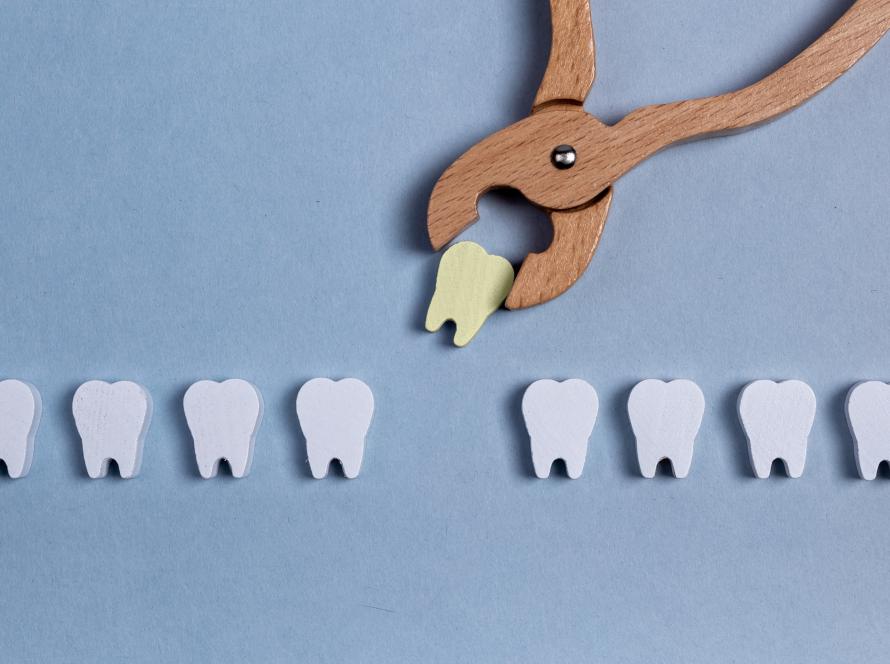Ensuring the best oral health for children requires a delicate balance of prevention, care, and knowledge. Dental fluorosis is one condition that parents may hear about, but understanding its causes, prevention, and effects is essential for maintaining healthy teeth. (Source: HealthyChildren.org, Fluorosis Facts: Information Parents & Caregivers, August 26, 2014, American Academy of Pediatrics (Copyright © 2014), https://www.healthychildren.org/English/healthy-living/oral-health/Pages/Fluorosis-Facts-Information-Parents-Caregivers.aspx ).
What is Dental Fluorosis?
Dental fluorosis is a condition that impacts the appearance of tooth enamel. It occurs when a child ingests excessive fluoride while teeth are still developing under the gums. Fluorosis generally appears as faint white streaks or spots on the teeth and, in rare cases, may cause more noticeable discoloration or pitting. According to industry sources, fluorosis does not impact the health or function of the teeth, but it may affect their appearance.
Woodlawn Kids Dental comments, “Fluorosis is a visual indicator of how important it is to manage fluoride intake during early childhood. While the condition is usually mild and does not affect the health of the teeth, it serves as a reminder for parents to carefully monitor their child’s sources of fluoride. This includes being mindful of fluoride in drinking water, toothpaste, and even certain processed foods or beverages.”
What Causes Dental Fluorosis?
The primary reason for dental fluorosis is excessive fluoride intake during early childhood, typically before the age of eight when permanent teeth are forming. This may happen due to swallowing fluoride toothpaste, consuming water with high fluoride levels, or receiving inappropriate fluoride treatments. It is important to understand the sources of fluoride to prevent overexposure.
Woodlawn Kids Dental shares, “Fluorosis often stems from unintentional overexposure to fluoride during critical developmental years. It’s important to recognize that fluoride is present in more places than most parents realize—beyond toothpaste and water, it can be found in some mouth rinses and even certain foods. Educating parents about these sources helps create a balanced approach to fluoride use.”
How Much Fluoride Should My Child Have to Protect Their Teeth Without the Risk of Fluorosis?
Fluoride is essential for cavity prevention, but it should be used in moderation. For children under three, a rice-sized amount of fluoride toothpaste is recommended, while a pea-sized amount is suitable for children aged three to six. Additionally, the fluoride levels in drinking water should be carefully monitored to ensure children are not receiving too much fluoride.
Woodlawn Kids Dental comments, “Using the correct amount of dentist-recommended fluoride toothpaste for your child’s age is a simple yet effective way to reduce the risk of fluorosis while protecting their teeth. The rice-sized and pea-sized guidelines may seem small, but they’re scientifically backed to provide optimal protection without overexposure. Monitoring fluoride in water is equally important—parents can check their local water report or use alternative water sources if needed.”
How Do I Know if My Child Has Dental Fluorosis?
Detecting dental fluorosis requires careful observation. Parents may notice faint white streaks or spots on their child’s teeth, particularly on the front teeth. However, in many cases, fluorosis is so mild that it can only be identified during a dental examination. A pediatric dentist can assess whether the marks are a sign of fluorosis or another dental condition.
Woodlawn Kids Dental shares, “Fluorosis can be subtle and easily overlooked, particularly in its mild forms. The faint white streaks or spots on teeth may not be visible unless the teeth are closely examined under proper lighting. It’s also worth noting that mild fluorosis often has no impact on a child’s smile and may even go unnoticed without a professional assessment.”
How To Protect Your Child’s Teeth Without Causing Fluorosis
Preventing fluorosis requires a balanced approach to fluoride use. Parents should supervise young children during brushing to ensure they use the correct amount of toothpaste and spit it out rather than swallow it. Drinking water sources should also be evaluated for fluoride levels. The AAP advises parents to consult with their pediatric dentist about fluoride treatments that are appropriate for their child’s specific needs.
Woodlawn Kids Dental highlights, “Preventing fluorosis involves a combination of awareness and supervision. Simple actions, like making sure your child spits out toothpaste instead of swallowing it, can make a big difference. Parents should recognize that many communities add fluoride to drinking water as a public health measure, which may already provide sufficient protection against cavities. Testing the fluoride levels in your local water supply is an important step in ensuring your child’s intake is balanced.”
Fluoride is an essential resource in the battle against cavities in children, but understanding how to use it safely is key to avoiding dental fluorosis. By educating parents and caregivers about fluorosis, its causes, and prevention strategies, families can ensure that children receive the benefits of fluoride without compromising their smiles.
Woodlawn Kids Dental concludes, “The benefits of fluoride for children’s oral health cannot be overstated—it’s a cornerstone of cavity prevention. However, like anything beneficial, moderation and informed use are critical. By staying informed and mindful about fluoride sources, parents can confidently support their child’s oral health journey while minimizing the risk of fluorosis.”


